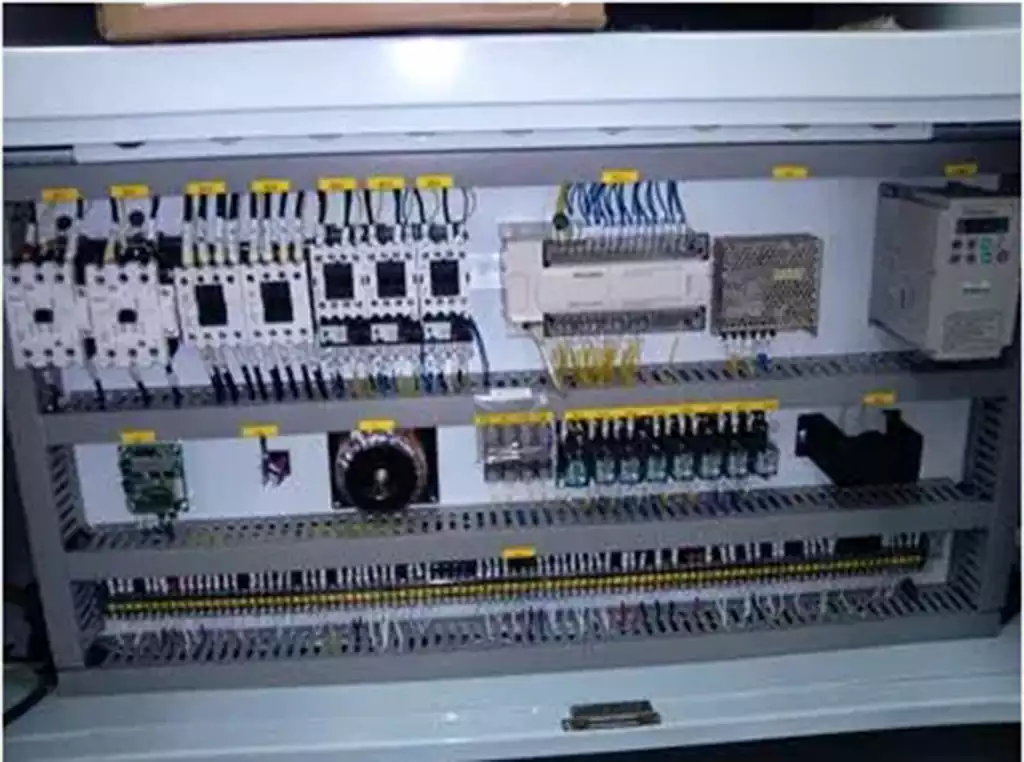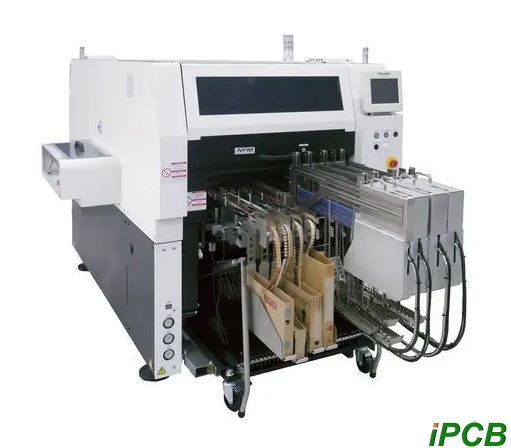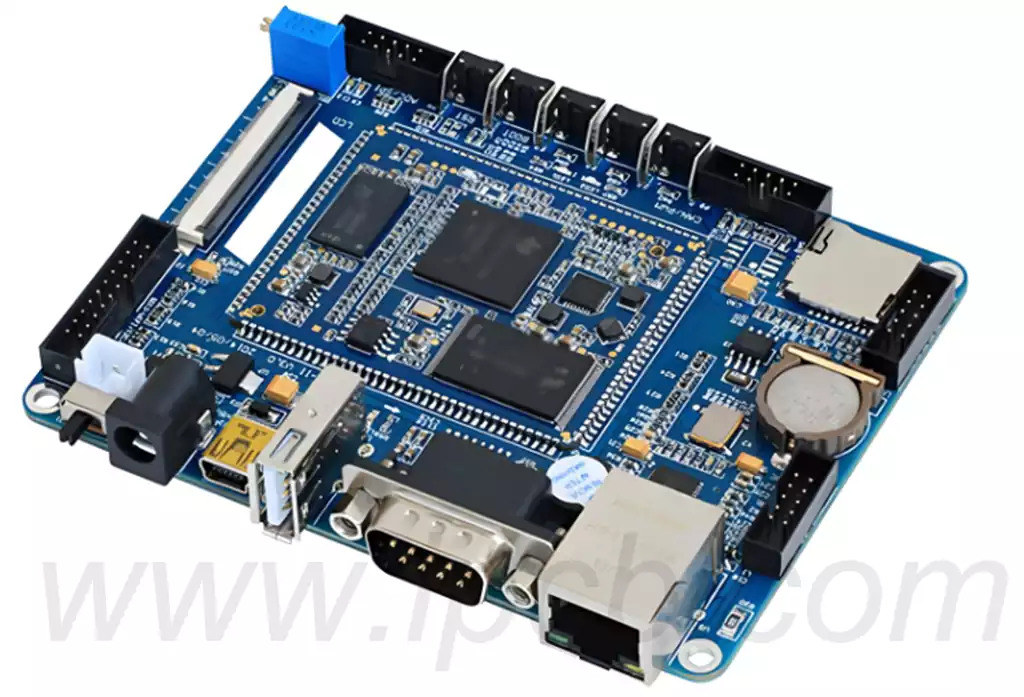Electrical panel usually consist of a power input module, a transformer module, a power distribution module and a control and protection module. The power input module is mainly to connect the external power supply to the electrical panel, while the transformer module converts the input voltage to supply power reliably to other modules. The power distribution module is mainly responsible for distributing power to the various circuits, while the control and protection module controls and protects the various circuits, such as over-current protection, short-circuit protection, leakage protection and so on.
The electrical panel assembly generally consists of main circuit, control circuit, and electrical components.
Main circuit
- Terminal: the main function of the switchboard is to receive the incoming power supply and connect with the incoming cable through the terminal.
- Incoming line protection: Incoming line protection mainly protects the overload and short-circuit faults between the incoming line and the load.
- Power metering: power metering is mainly used to record power consumption and provide accurate data support for billing.
- Circuit Breaker: The circuit breaker can be manually operated to realize the role of the control switch on the cable. It can automatically disconnect the power supply in case of overload or short-circuit in the circuit.
Control Circuit
- Control input board: The control input board is mainly used to receive signals, including manual switching, remote signal and automatic signal.
- Control protection board: The control protection board is mainly used to protect the control circuit, including real-time monitoring of loads and switchboards to realize the protection of the circuit.
- Relay: Relay can realize the purpose of circuit control through electromagnetic induction, responsible for playing a key role in the automatic control process.
Components in an electrical panel
- Capacitors: Capacitors can store electrical energy in the circuit function, usually used to reduce voltage fluctuations and improve voltage quality.
- Inductors: Inductors can store electrical energy and consume current, becoming a stabilizing device in circuits and having important applications in current stabilization and voltage stabilization.
- Resistors: Resistors are widely used in electronic circuits to realize the purpose of circuit regulation through the difference of resistance value.

The main functions are as follows:
- Power Distribution: Distribute the input power to each circuit to meet the power demand of different electrical equipment.
- Power transmission: Transmit the power to the devices that need to be used through cables, switches and other devices in order to drive the work of electrical equipment.
- Control: control the opening, closing and regulation of the equipment, and monitor and control the electrical equipment.
- Protection: Protect each circuit to prevent accidents caused by circuit failure.
Usage
When using the switchboard, it is necessary to check whether the input voltage and power supply type are compatible with the switchboard, and must follow the use methods and precautions in the operation manual. Stable ground must be chosen for installation to ensure the safe operation of the switchboard, and regular inspection and maintenance are also required to ensure its reliability and long life.
Precautions:
- Excess power must not be fed into the switchboard to avoid overloading or other malfunctions.
- Do not dismantle, replace or repair the electrical components inside the switchboard, such work should only be carried out by specialized technicians.
- Follow the regulations in the operation manual to correctly select, use and maintain each electrical component in the switchboard.
- Check the status of the switchboard before each use to ensure its stable and safe operation.
Electrical panel is an indispensable hub in the power system, and its stable operation is directly related to the safety and efficiency of the whole system. Correct use and regular maintenance is the key to ensure its long-term reliable operation.



